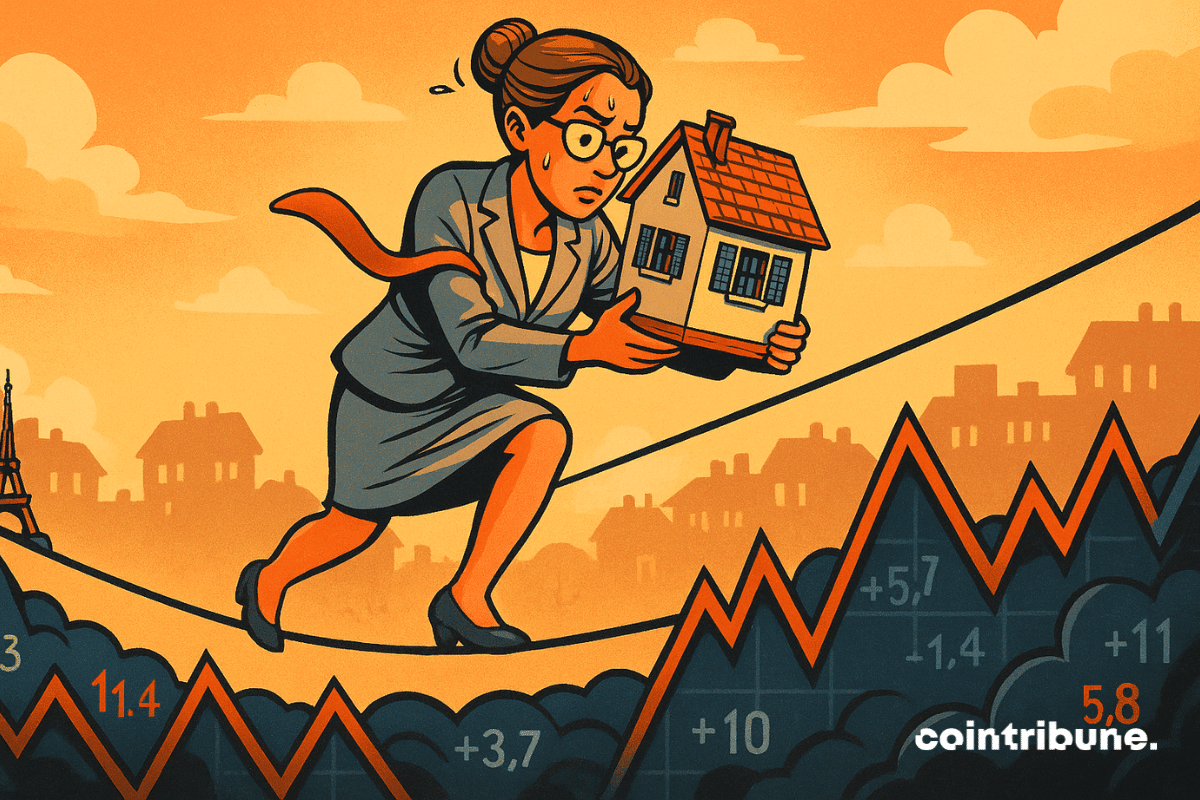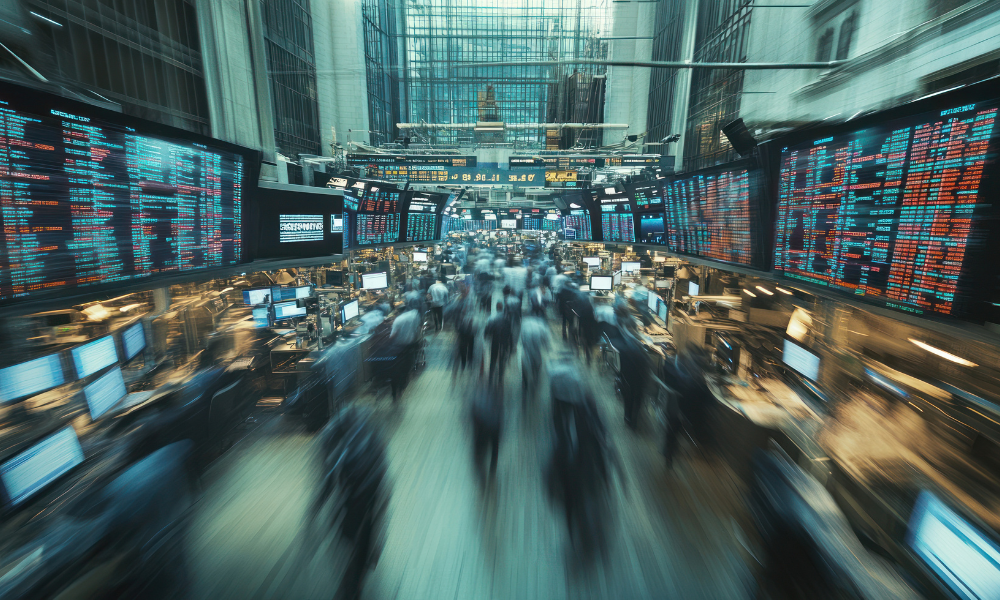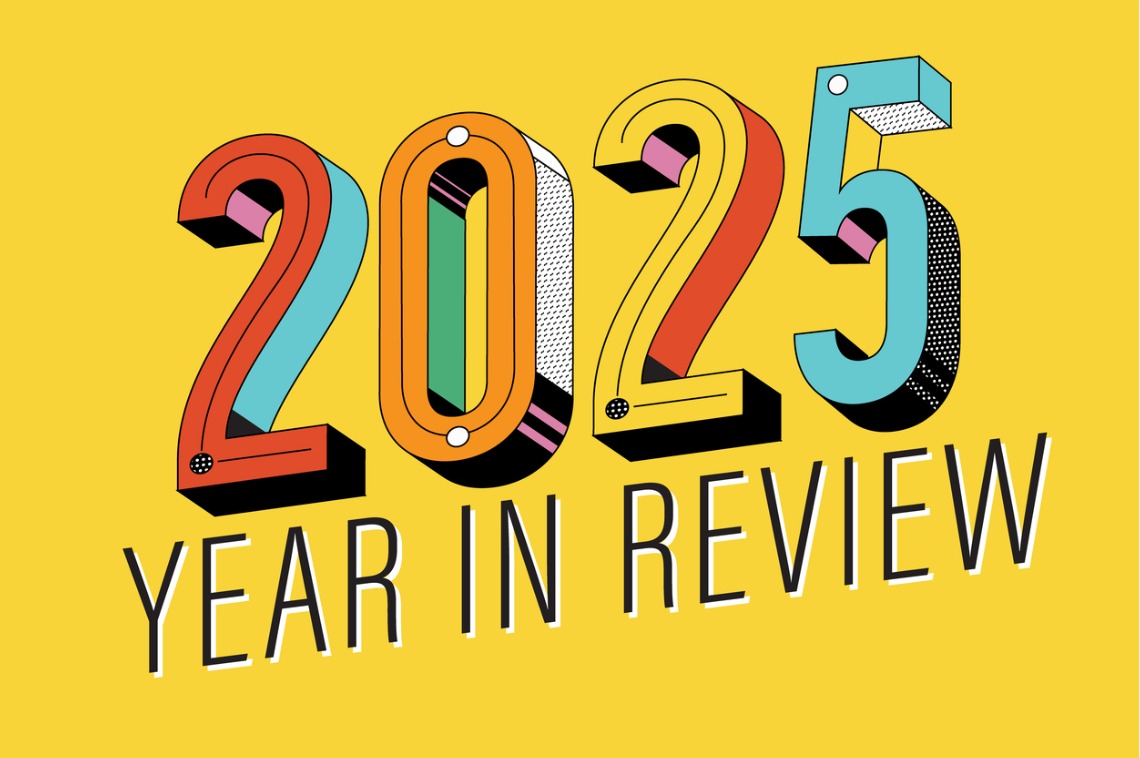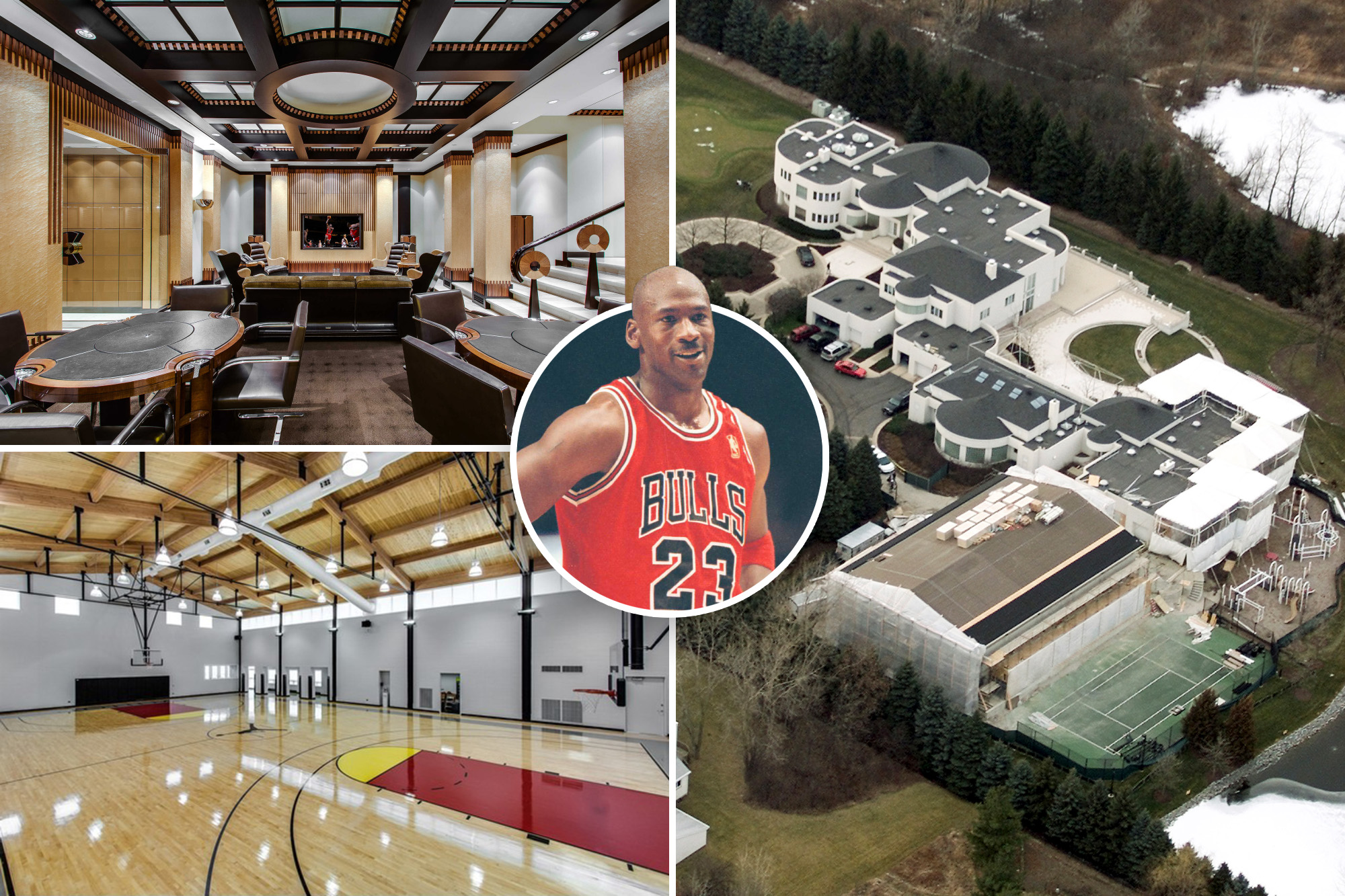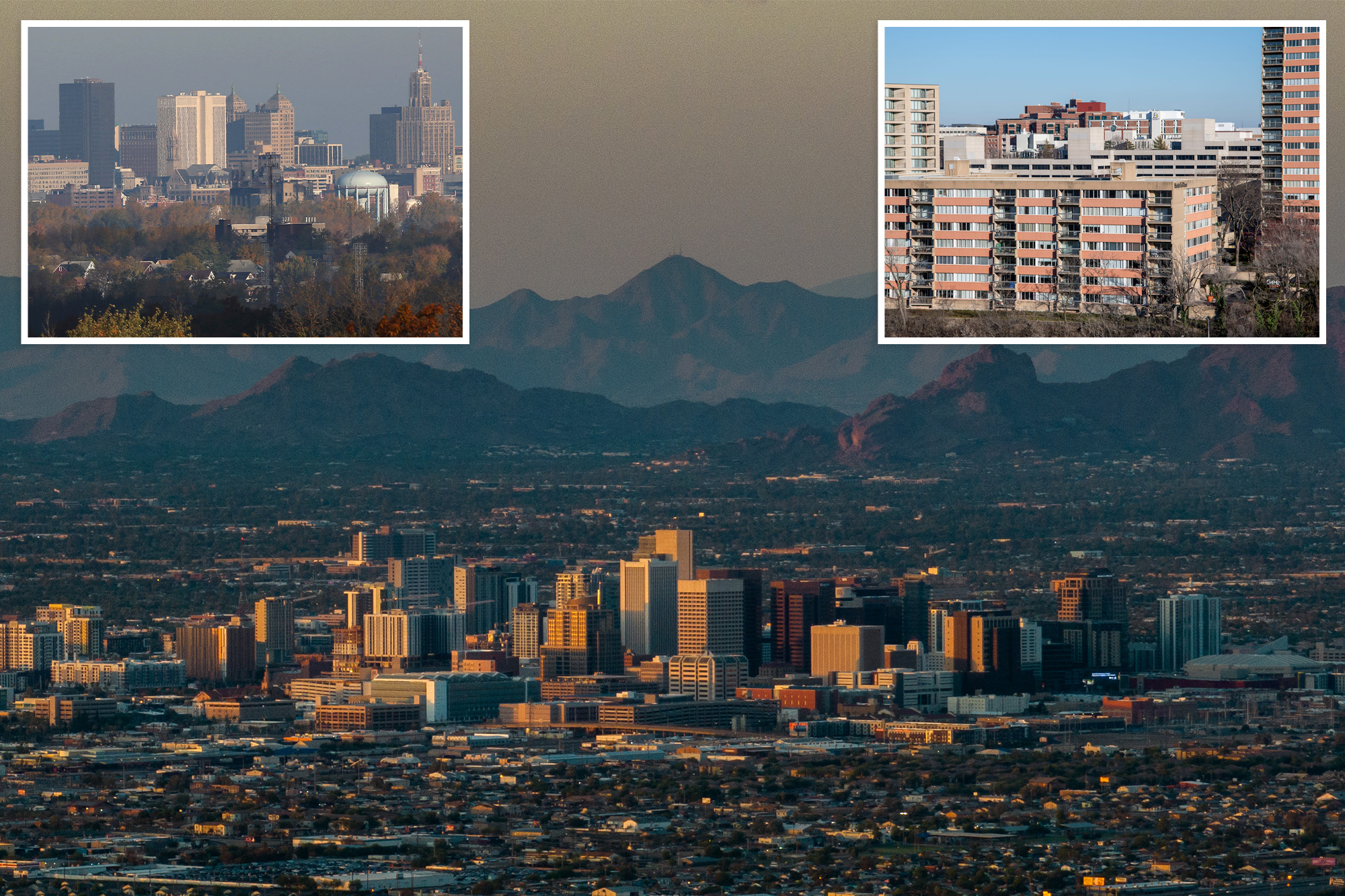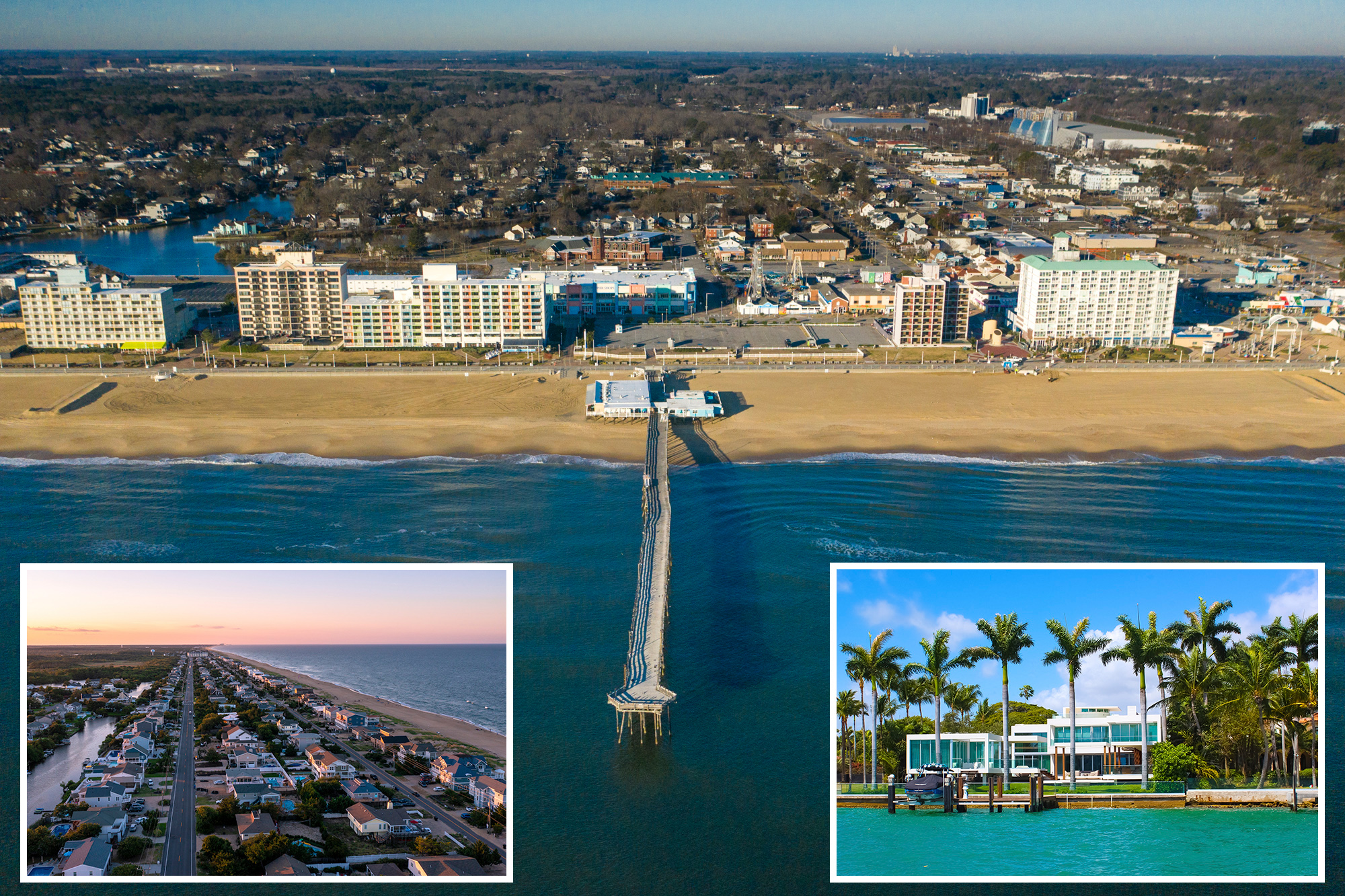A
fter two and a half years of crisis, the French real estate market is finally showing tangible signs of recovery. Sales of old housing increased by 2.5% in one year, with 892,000 notarized deeds recorded by the end of April 2025. Demand has surged significantly (+15%), particularly among second-time buyers and first-time buyers.
Buyer confidence returns: sales are rising again
Loans are booming again in the real estate sector in France. "The market is regaining color," celebrated Loïc Cantin, president of the National Federation of Real Estate (FNAIM), during an economic update held on June 18. The latest figures reveal a concrete restart of the old residential market.
Sales increased by 2.5% year-on-year at the end of April 2025, representing 892,000 notarized deeds. Although this figure remains below the peak of 1.2 million sales recorded in 2021, FNAIM now forecasts a rebound of 11% by the end of the year, with 940,000 transactions expected in December.
This renewed activity is directly linked to an improvement in financing conditions. In April 2025, the average rate for a mortgage (excluding renegotiations) was 3.13%, down one point over a year and a half. This trend has enabled a significant rebound in mortgage lending, with €12.6 billion in housing loans granted in April 2025 compared to €7 billion in January 2024.
A still fragile and segmented market
The increase in transaction volumes is not accompanied by a return to the price surge seen before 2022. On the contrary, "the rate of increase in property prices matches that of inflation," emphasized Loïc Cantin. Year-on-year, prices for older properties show a moderate decrease of 0.6%, compared to a 3.2% decline in 2024.
Demand has increased significantly, mainly driven by second-time buyers (50% of transactions), followed by first-time buyers (33%) and investors (17%). However, professionals warn of another potential imbalance: while buyers are back, sellers are becoming more demanding. The share of properties sold after negotiation dropped from 91% to 86% in one year and could fall to 75% by the end of this year.
The recovery is still fragile and uncertain, fueled by several factors such as geopolitical tensions, supply tension, and the future of the MaPrimeRénov' scheme. If the current trajectory is confirmed, the market may move toward a new balance, but it is too early to declare victory.
